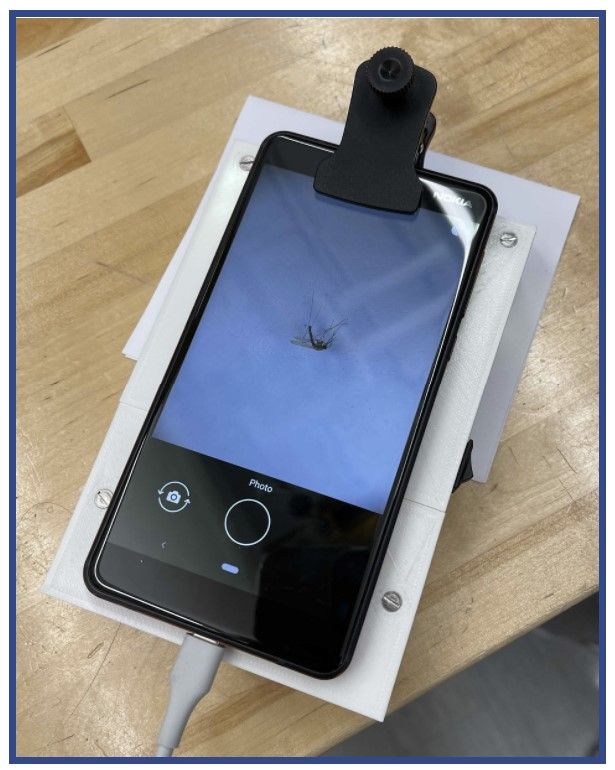ByteSight: A Novel Handheld Field Tool that Rapidly Identifies Disease-carrying Mosquitoes
- Lindsay Pierle
- Amara Aarif
- Rebecca Rosenberg
- Robert Breidenstein
- Zachary Zarubin
- Dr. Soumyadipta Acharya MD, MSE, PhD
- Monet Slinowsky, MSE
Abstract:
Malaria is a vector-borne disease, in which the malaria parasite is transmitted to humans through the bite of a female Anopheles mosquito. Despite investments of $2 billion per year, there were still 228 million cases of malaria in 2018, resulting in over 400,000 deaths. The most effective way to fight malaria is to eliminate malaria-carrying mosquitos. To accomplish this, vector control programs must know exactly what types of mosquitos are in a local area to effectively limit mosquito populations each species has its own behaviors, biting preferences, and insecticide resistance. Vector surveillance involves monitoring the density and distribution of malaria-carrying mosquitoes and is crucial for efficient distribution of limited species-specific control methods.
Species are currently identified from their discrete morphological characteristics which can take up to 20 minutes for each mosquito. Due to a lack of qualified entomologists, 34-55% of mosquitoes are misidentified. Thus, results are slow and inaccurate. This can prevent decision-makers from having reliable real-time data to inform their vector control decisions.
Our solution is a handheld field tool that uses a computer vision algorithm to identify mosquito species. The solution consists of two parts: a Cloud-based classification algorithm and a hardware setup to standardize optics and lighting.

